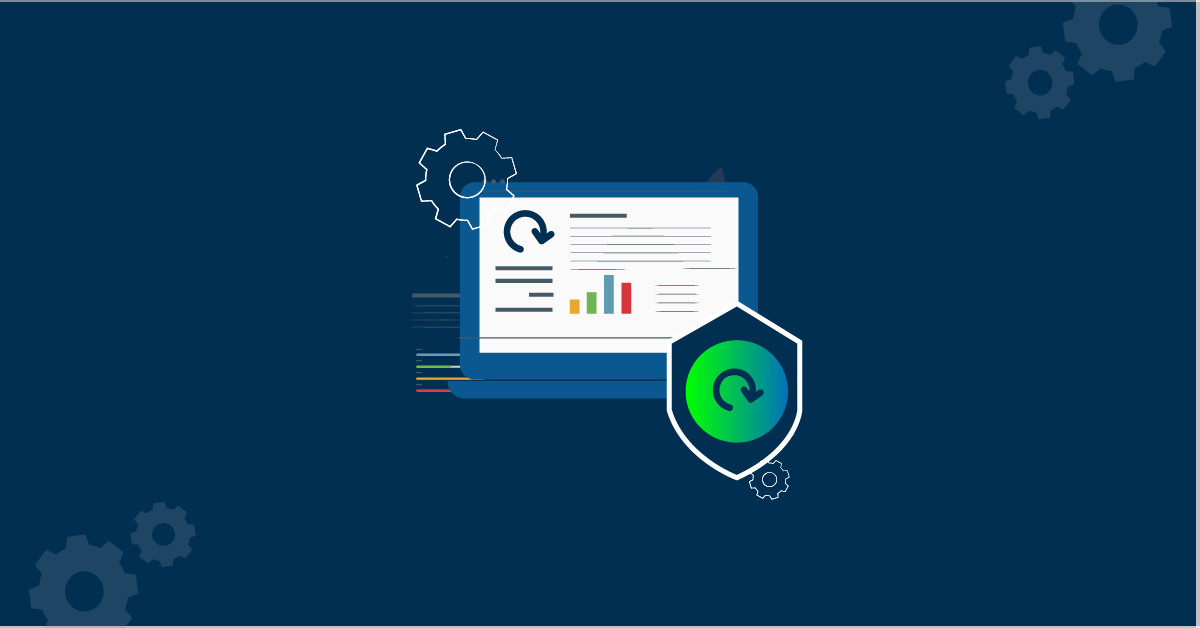Cyberattack surfaces are constantly evolving with an abundance of vulnerabilities. According to SecPod’s security research, the second quarter of 2022 saw a total of 5478 vulnerabilities with 7 zero days.
With these enormous amounts of vulnerabilities, it is impossible for IT security admins to continuously monitor the vulnerabilities and get good visibility on the IT landscape. Hence, IT security admins end up performing vulnerability management as an arbitrary checklist rather than making it a routine to cope with these vulnerabilities.
When IT security admins perform irregular vulnerability management, it creates a huge security gap that can be child’s play for hackers to launch cyberattacks. Therefore, ongoing vulnerability detection with instant remediation is essential to implement continuous vulnerability management and efficiently eliminate cyberattack surfaces.
Now let us understand the need and steps to implement continuous vulnerability management.
The Need for Continuous Vulnerability Management
Hackers leverage security gaps
Two reasons that create security gaps:
Infosec teams perform irregular vulnerability assessments that stack several vulnerabilities onto remediation teams. Attackers can easily exploit the security gap until remediation teams fix all vulnerabilities.
Also, many IT security teams believe that vulnerability management ends with detection, and remediation is a later part of the vulnerability management program. You need to be aware that instant remediation is essential to reduce the security gap and prevent vulnerability exploits.
Hence, the longer you take to remediate vulnerabilities, the more your organization is prone to cyberattacks. Continuous vulnerability management significantly reduces the security gap with ongoing detection and remediation of vulnerabilities.
Limited visibility into the organization’s security posture
Irregular vulnerability scans restrict the vulnerability management cycle from being continuous, and the vulnerability data generated is specific only to that point. It indeed leads to limited visibility over the organization’s security posture. Continuous vulnerability management will have regular vulnerability scans that help generate real-time vulnerability data and reduce exposure time.
Evolving cyberattack surfaces
To achieve a good security posture, IT security admins must stay at the top of evolving cyberattacks. Also, the rise of remote and distributed teams with cloud-connected devices increases the chances of risk exposure. Hence, there is a need for consistent and continuous monitoring of vulnerabilities in the dynamic IT environment.
Now that we know why we need continuous vulnerability management let us know more about it.
What is Continuous Vulnerability Management?
Continuous vulnerability management is the process that conducts ongoing identification, detection, prioritization, and remediation of vulnerabilities.
It performs a cycle of events to reduce the security gap and continuously monitors the vulnerabilities that keep surfacing. This ongoing process eventually minimizes the window of opportunity for cyber criminals to exploit potential vulnerabilities.
Four Simple Steps to Achieve Continuous Vulnerability Management
To make your vulnerability management a continuous program, ensure that you have included the below steps:
Automated and Continuous Vulnerability Scans
Vulnerability scans are an integral part of a vulnerability management program. Automated and continuous scans are essential as irregular scans create huge security gaps until the following scan. It will undoubtedly lead to the exploitation of vulnerable devices.
In addition, faster vulnerability scans with lower bandwidth will help achieve continuous vulnerability management. You can further mitigate risks on time when vulnerability scans are fast and accurate.
Prioritize Vulnerabilities
Remediating each vulnerability is not smart because not all of them pose the same risk. Prioritization with CVSS helps categorize the vulnerabilities into critical, high, and low severity levels. Remediation teams can fix high vulnerabilities first and then low-risk vulnerabilities. Hence, prioritization plays an essential role in continuous vulnerability management.
Use an Integrated Patching Tool
Infosec teams identify, detect, prioritize, and hand all the vulnerabilities to remediation teams. Before the remediation team remediates all vulnerabilities, a new set emerges. This cycle goes on, leading to a massive pile of unpatched vulnerabilities.
Therefore, continuous vulnerability management includes remediation as a significant step. Each cycle should remediate vulnerabilities soon after detection. It will reduce risk on your attack surface as all the vulnerabilities will be remediated on time.
Your organization must have an integrated patching module with a vulnerability management program to achieve continuous vulnerability management.
Choose the Right Security Solution
A continuous vulnerability management program needs consistency in monitoring each step of a vulnerability management program. It will help to tackle vulnerabilities intelligently. Without such a program, you will struggle to gain vulnerability visibility over your organization’s attack surface.
To achieve continuous vulnerability management, you need a good vulnerability management solution. And the right security solution will help protect your IT environment in a cost-effective and timely manner.
Final Thoughts
It is vital to take some time and set up your vulnerability management program and make it ongoing by choosing a good security solution. A continuous vulnerability management program will be an excellent defense for your IT environment and protect your organization from becoming another breach statistic.
SecPod SanerNow Vulnerability Management provides continuous and automated scans, accurately prioritizes vulnerabilities, and remediates them on time with integrated patching.
Implement a continuous vulnerability management program with SanerNow by your side. If you haven’t checked out SanerNow, schedule a demo now!

